
| Recorded by: David George on 2025-06-29
Richmond Co.
Comment: | 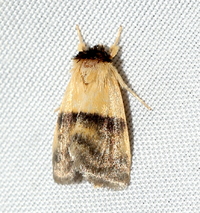
| Recorded by: David George on 2025-06-29
Richmond Co.
Comment: |

| Recorded by: Jim Petranka, Mark Basinger and Becky Elkin on 2025-06-29
Richmond Co.
Comment: | 
| Recorded by: Mark Basinger on 2025-06-18
Brunswick Co.
Comment: |
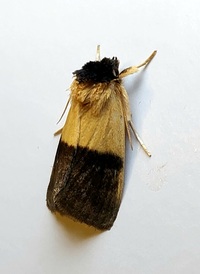
| Recorded by: Mark Basinger on 2025-06-18
Brunswick Co.
Comment: | 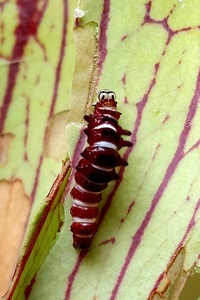
| Recorded by: Mark Basinger on 2025-06-18
Brunswick Co.
Comment: |

| Recorded by: Mark Basinger on 2025-06-18
Brunswick Co.
Comment: | 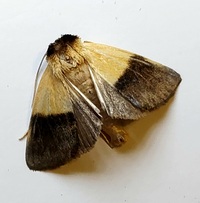
| Recorded by: Mark Basinger on 2025-06-18
Brunswick Co.
Comment: |

| Recorded by: Mark Basinger on 2025-06-18
Brunswick Co.
Comment: | 
| Recorded by: Mark Basinger on 2025-05-31
Brunswick Co.
Comment: |
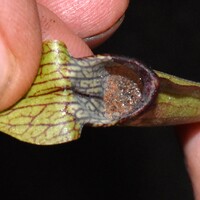
| Recorded by: David George, Jeff Niznik on 2025-05-24
Richmond Co.
Comment: | 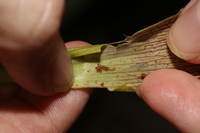
| Recorded by: David George, Jeff Niznik on 2025-05-24
Richmond Co.
Comment: |
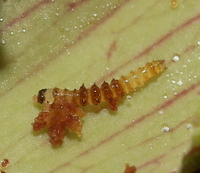
| Recorded by: David George, Jeff Niznik on 2025-05-24
Richmond Co.
Comment: | 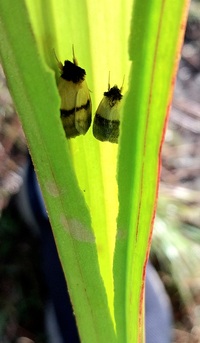
| Recorded by: Mark Basinger on 2024-06-20
Brunswick Co.
Comment: |

| Recorded by: Mark Basinger on 2024-06-20
Brunswick Co.
Comment: | 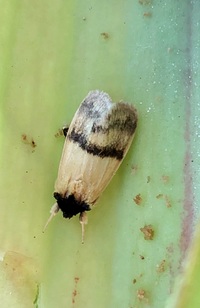
| Recorded by: Mark Basinger on 2024-06-20
Brunswick Co.
Comment: |
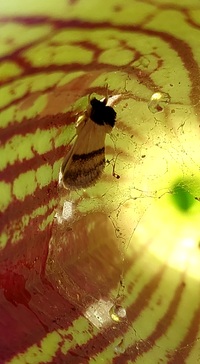
| Recorded by: Mark Basinger on 2024-06-20
Brunswick Co.
Comment: | 
| Recorded by: Mark Basinger on 2024-06-20
Brunswick Co.
Comment: |
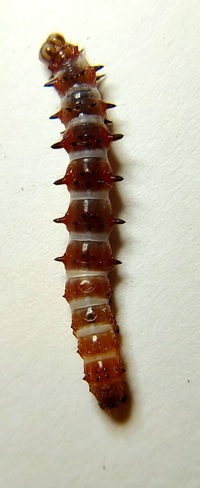
| Recorded by: Mark Basinger on 2024-06-19
Columbus Co.
Comment: | 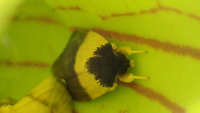
| Recorded by: Erich Hofmann and Kayla Weinfurther on 2024-04-22
Brunswick Co.
Comment: |
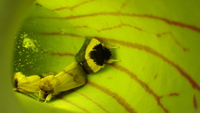
| Recorded by: Erich Hofmann and Kayla Weinfurther on 2024-04-22
Brunswick Co.
Comment: | 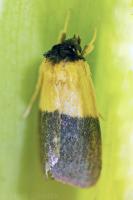
| Recorded by: Mark Shields on 2020-06-26
Onslow Co.
Comment: |

| Recorded by: Mark Shields on 2020-06-26
Onslow Co.
Comment: | 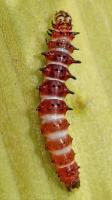
| Recorded by: Mark Shields on 2020-06-26
Onslow Co.
Comment: |

| Recorded by: Mark Shields on 2020-05-05
Onslow Co.
Comment: | 
| Recorded by: ASH, S. Hall on 2007-05-21
Moore Co.
Comment: |

| Recorded by: Mark Shields on 2006-05-14
Onslow Co.
Comment: | 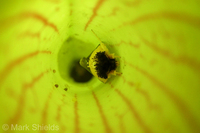
| Recorded by: Mark Shields on 2005-09-11
Onslow Co.
Comment: |
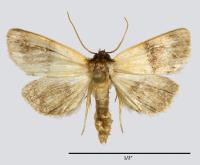
| Recorded by: SPH, SH, CH on 2000-05-23
Moore Co.
Comment: |

 »
»



 »
»

